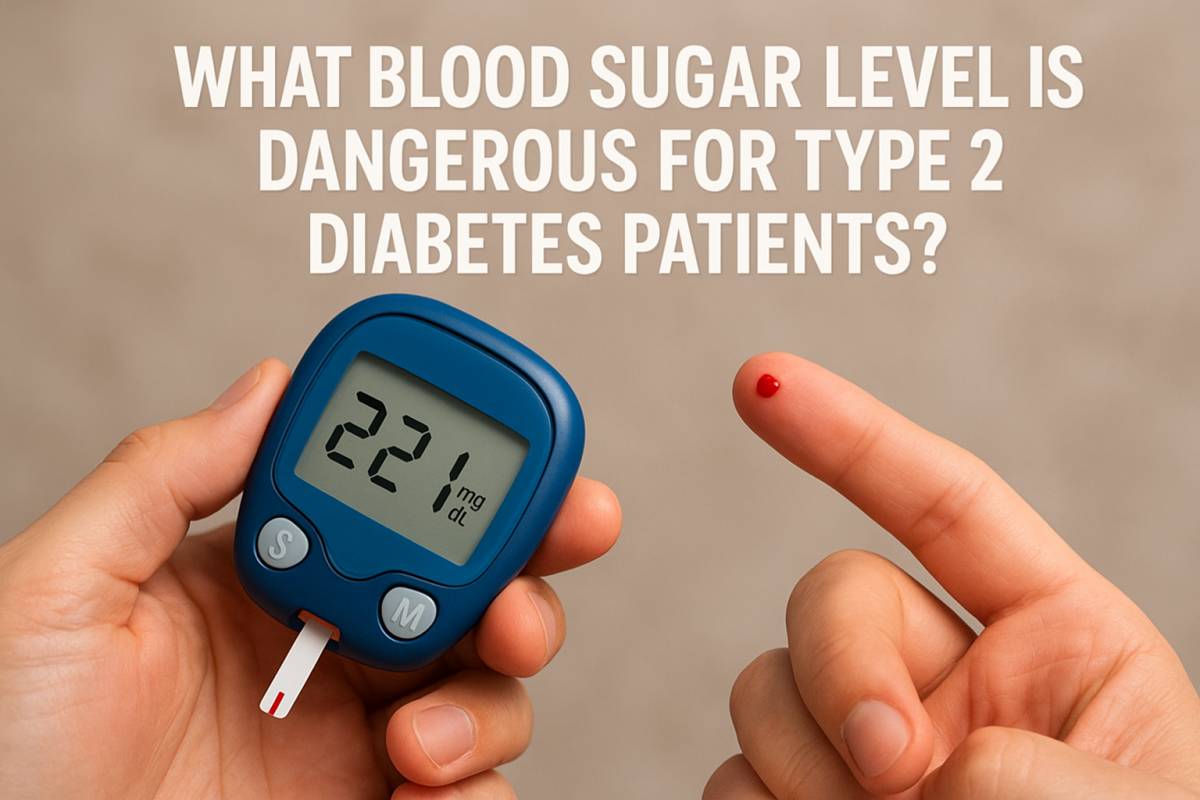Degloved Face: Causes, Treatment Options, and Recovery Insights

What is a degloved face? A degloved face is a severe injury where the skin and sometimes underlying tissues are completely separated from the underlying structures. This can occur due to a variety of causes, including accidents, injuries, or medical procedures. Understanding this condition is crucial for prompt medical attention and effective recovery.
Causes of Degloved Face
- High-Impact Trauma: Accidents like car crashes, falls from heights, and motorcycle collisions can cause severe facial injuries, including degloving.
- Industrial and Workplace Incidents: Occupational accidents involving heavy machinery, power tools, or chemicals can lead to degloving injuries.
- Animal Attacks: Bites from animals, particularly those with powerful jaws, can cause significant facial trauma.
- Surgical Procedures: In rare cases, surgical procedures can accidentally result in degloving injuries.
Types of Degloving Injuries
- Open Degloving Injuries: In this type, the skin and tissues are completely separated from the underlying structures, leaving the wound exposed.
- Closed Degloving Injuries: The skin and tissues remain attached to the body but are severely damaged, often requiring surgical intervention.
Symptoms and Diagnosis
- Physical Symptoms: Severe pain, visible tissue damage, bleeding, and difficulty breathing are common symptoms of a degloved face.
- Diagnostic Procedures: Doctors will examine the injury, assess the extent of the damage, and may order imaging tests like X-rays, CT scans, or MRIs to evaluate the underlying structures.
Immediate Medical Response
- Emergency Stabilization: If you or someone you know experiences a degloved face, seek immediate medical attention. Emergency responders will stabilize the patient, control bleeding, and prepare them for transport to a hospital.
- Initial Wound Care: At the hospital, medical professionals will clean the wound, remove any debris, and assess the extent of the damage.
Treatment Options
- Surgical Interventions:
- Reattachment of Tissues: In some cases, surgeons may be able to reattach the degloved skin and tissues. This requires careful suturing and may involve skin grafting.
- Skin Grafts: If reattachment is not possible, skin grafts from other parts of the body may be used to cover the wound.
- Reconstruction of Facial Features: Plastic surgeons may need to reconstruct damaged facial features using various techniques, including implants or tissue flaps.
- Non-Surgical Treatments:
- Compressive Therapy: Applying pressure to the wound can help control bleeding and promote healing.
- Debridement: Removing damaged or necrotic tissue is essential for preventing infection and promoting healing.
Challenges in Treatment
- Managing Infection Risks: Degloving injuries are prone to infection due to the open wound and potential tissue damage.
- Ensuring Blood Supply to Reattached Tissues: If tissues are reattached, ensuring adequate blood supply is crucial for their survival.
- Addressing Psychological Impact: Degloving injuries can have a significant psychological impact on the patient, affecting their self-esteem and quality of life.
Recovery and Rehabilitation
- Physical Rehabilitation: Recovery from a degloved face involves physical therapy to regain facial function, improve range of motion, and reduce scarring.
- Psychological Support: Counseling can help patients cope with the emotional and psychological challenges associated with the injury.
- Long-Term Follow-Up and Care: Regular follow-up with healthcare providers is essential for monitoring healing, addressing any complications, and providing ongoing support.
Prevention and Safety Measures
- Workplace Safety Protocols: Implementing safety measures in workplaces, such as proper training, protective equipment, and regular inspections, can help prevent degloving injuries.
- Traffic Safety Measures: Adhering to traffic laws, wearing seat belts, and avoiding distracted driving can reduce the risk of accidents that lead to facial injuries.
- Animal Safety Guidelines: Taking precautions when interacting with animals, especially wild or unfamiliar ones, can help prevent animal attacks.
Conclusion
Degloving face injuries are severe and require immediate medical attention. While treatment options are available, recovery can be challenging and may involve multiple surgeries and long-term rehabilitation. By understanding the causes, symptoms, and treatment options, individuals can be better prepared to respond to these injuries and seek appropriate care.
FAQs
1. Can a degloved face be completely repaired?
While it is possible to repair a degloved face, the outcome depends on the severity of the injury and the availability of suitable treatment options.
2. How long does it take to recover from a degloved face?
Recovery can take several months or even years, depending on the extent of the injury and the effectiveness of the treatment.
3. Can a degloved face cause permanent disfigurement?
In some cases, a degloved face can result in permanent disfigurement, especially if the underlying structures are severely damaged.
4. Are there any long-term complications associated with a degloved face?
Long-term complications may include scarring, facial nerve damage, and psychological distress.
5. What can be done to prevent degloving face injuries?
Following safety guidelines, wearing protective equipment, and avoiding risky behaviors can help reduce the risk of these injuries.









